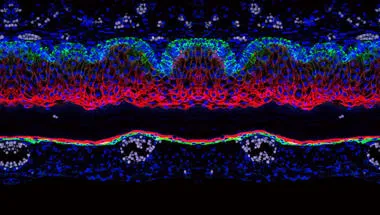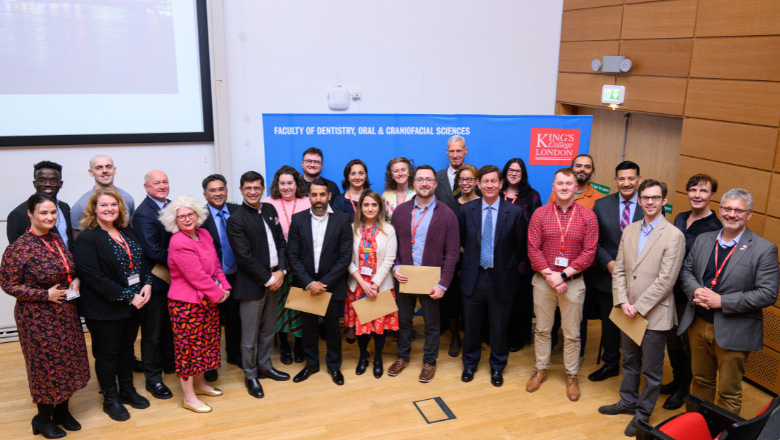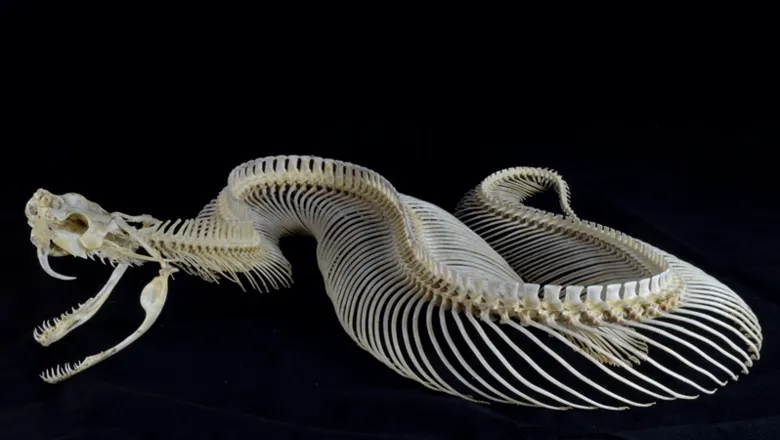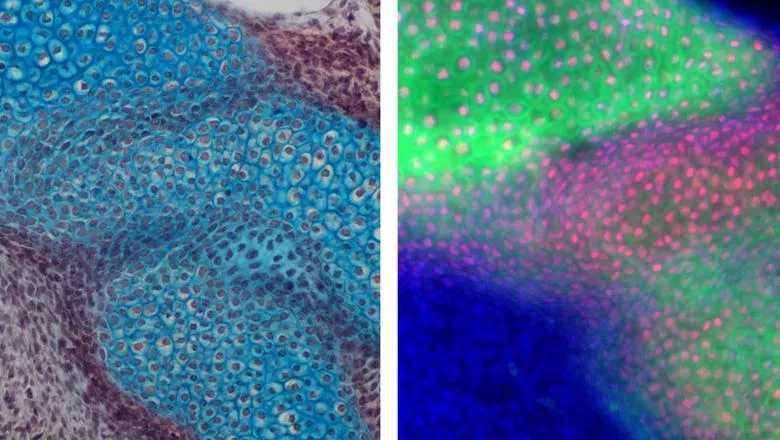
Biography
Dr Neal Anthwal uses comparative developmental biology to understand the cellular and molecular changes underpinning anatomical change in mammalian evolution. In particular he is interested in the evolution and specialisation of the mammalian jaw and middle ear joints. He believes the use of non-traditional model organisms offers a remarkable toolset for understanding evolution and development (evo-devo). As such he studies mammals such as opossums and bats, as well as transgenic mice.
Research

Tucker Lab
The Tucker lab is interested in development and repair of the head with focus on tissues associated with the jaw and ear.
News
Faculty of Dentistry, Oral & Craniofacial Sciences Staff Awards
The Faculty of Dentistry, Oral & Craniofacial Sciences held their first ever Staff Awards on Thursday 18 April.

Researchers discover unique way snakes replace their teeth
Method to detect signs of tooth replacement can also aid in identification of snake fossils in the future, even from isolated jaws.

Hints at jaw evolution found in marsupials and monotremes
A connection between ear and jaw bones in marsupials and monotremes shortly after birth provides hints at the evolution of these bones in early mammals.

Research

Tucker Lab
The Tucker lab is interested in development and repair of the head with focus on tissues associated with the jaw and ear.
News
Faculty of Dentistry, Oral & Craniofacial Sciences Staff Awards
The Faculty of Dentistry, Oral & Craniofacial Sciences held their first ever Staff Awards on Thursday 18 April.

Researchers discover unique way snakes replace their teeth
Method to detect signs of tooth replacement can also aid in identification of snake fossils in the future, even from isolated jaws.

Hints at jaw evolution found in marsupials and monotremes
A connection between ear and jaw bones in marsupials and monotremes shortly after birth provides hints at the evolution of these bones in early mammals.

